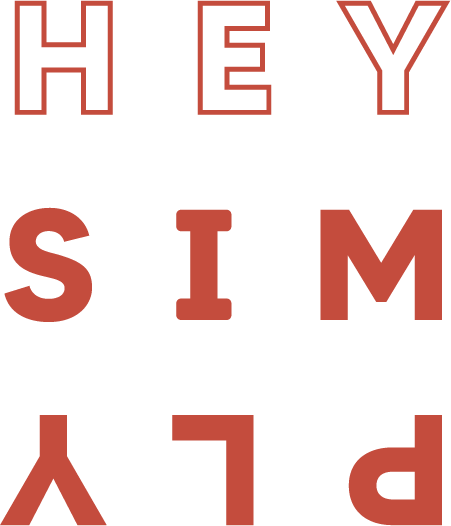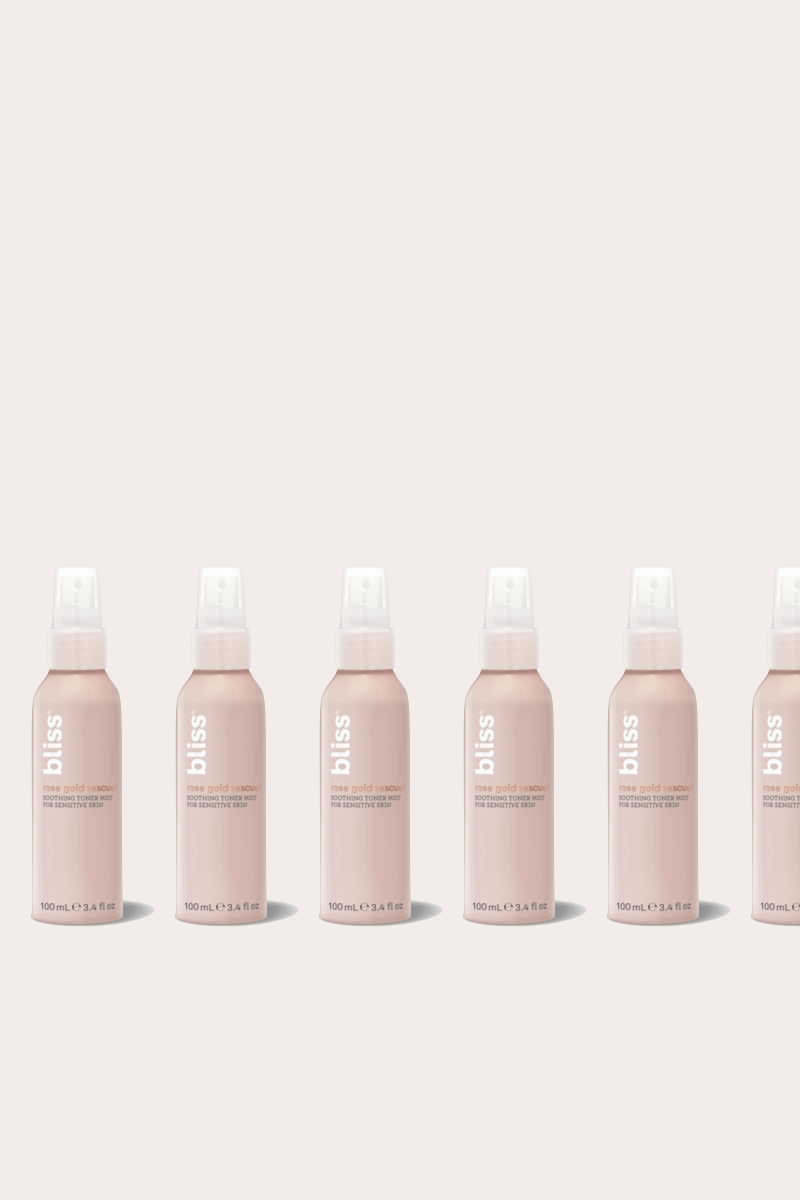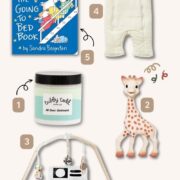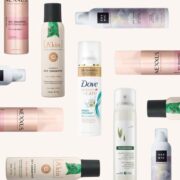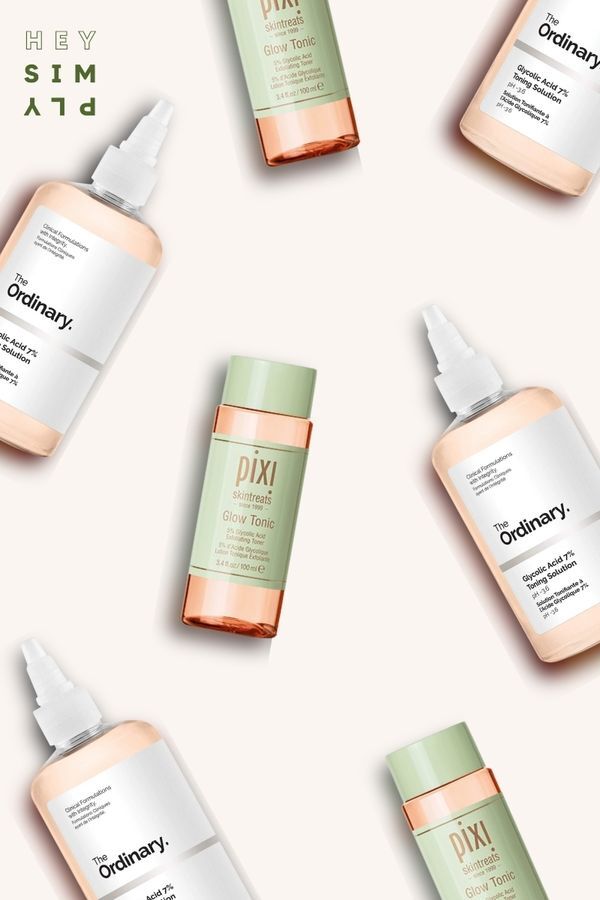Anytime you walked past the skincare aisle you must’ve come across glycolic acid. In a toner, in a cleanser, in a peel, or even in a mask.
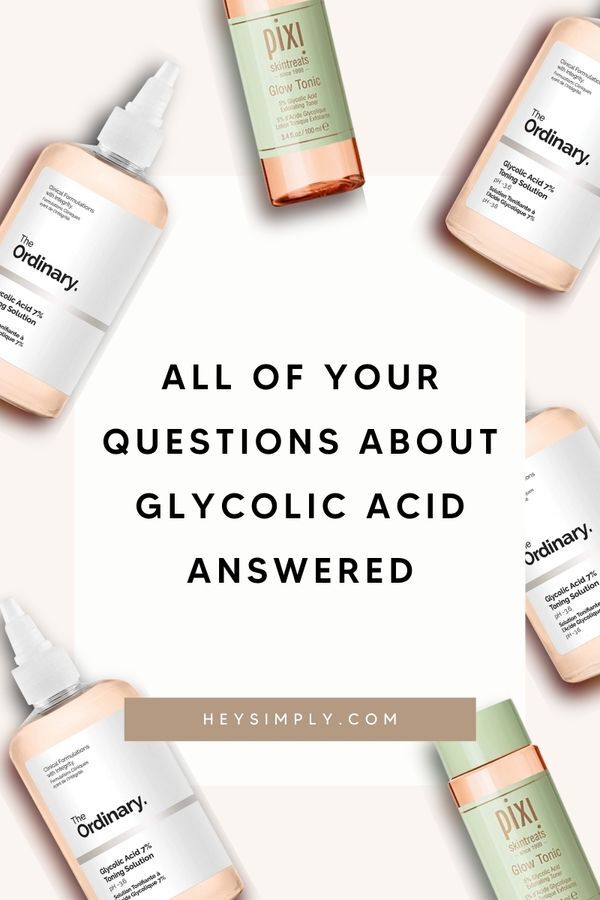
You might have a lot of burning questions about glycolic acid or you might have been burnt by glycolic acid in the past, and we mean that literally. Either way, we are here to answer all your burning questions about this cult-favorite ingredient.
We get it, every other ingredient is named an acid, and knowing what we’ve learned in high school chemistry is just scary. However, we are here to break this down for you. Simplify the mystery that is skincare acids and help you choose the right ingredient for your needs.
What is glycolic acid?
Glycolic acid is an alpha hydroxy acid (AHA). Commonly used as a chemical exfoliant. In recent years we have seen a growth in the popularity of AHAs and chemical exfoliants in general. As we are learning more and more about the harm caused by gritty physical exfoliants people are increasingly turning to chemical exfoliants.
However, is it really the answer we are looking for?
How does glycolic acid work?
Glycolic acid works to break down the glue between dead skin cells allowing for easier removal of dead cells and resurfacing of the skin.
It is a versatile and useful ingredient. But considering how glycolic acid is formulated, packaged, and sold many are bound to overuse and over-exfoliate. It is easy to take it a little too far.
Glycolic Acid Skin Benefits
AHAs like glycolic acid is known to boost collagen and help reduce hyperpigmentation. Glycolic acid is the strongest AHA out there because of its tiny molecule size it is able to penetrate the layers of the skin much more effectively and efficiently.
Glycolic acid is not only keratolytic (an exfoliant) it is also a humectant. Basically, it doesn’t leave your freshly exfoliated skin high and dry, it draws moisture into the newly surfaced cells and ensures that it is hydrated.
Related: Ask a dermatologist. Here are some answers to your burning questions
What percentage of glycolic acid is effective?
Generally speaking, 5%-10% of glycolic acid is effective for regular use. Although there are peels and rinse-off treatments that contain a higher percentage of glycolic acid, you should stick to the 5%-10% range when it comes to leave-on products like toners.
Glycolic acid doesn’t work like retinol where you have to work your way up to a higher concentration. With glycolic acid, you can get your needs met with a certain concentration and generally you stay at that concentration because it works. No need to increase potency for effectiveness.
Can you use too much glycolic acid?
Yes, you can. Over-exfoliation is on the rise especially with the increased popularity of acids in toners and peeling pads.
You need to be careful not to mix other chemical exfoliants or retinol while using glycolic acid. If you do, you will likely see your skin react with a strong tingling or burning sensation. If this happens, wash your face immediately.

As always, we recommend spot testing a new product behind your ear (this is a sensitive area) by applying the product for the recommended amount of time and then waiting 48 hours to see if any sensitivities occur.
As a rule of thumb, always start with a low concentration and see how your skin reacts. Plus if you have sensitive skin you should maybe alternate the days that you apply glycolic acid to the skin.
Which is better retinol or glycolic acid?
Okay, retinol is a derivative of vitamin A and glycolic acid is an AHA. They are very different ingredients with different purposes.
However, retinol and glycolic acid can complement each other well. They offer many benefits that when used correctly can even out your skin tone, prevent wrinkles, and keep the skin clear. Retinol is an anti-aging ingredient that cannot be rivaled and there is simply no question about it. To reduce clogged pores and help oily skin, glycolic acid can be beneficial
However, both these ingredients should not be applied at the same time.
Neither of these ingredients needs to be applied on a daily basis. If you want to get the most of both ingredients apply them on alternating days. Also, remember that it is safest to apply retinol and glycolic acid in the evening.
The Best Selling Glycolic Acid Based Skin Care
There are many products out there with glycolic acid but not many are loved to the degree that these are. Depending on what you looking for a toner or a peel could be the best product for you.
If you are looking for mild regular exfoliation to combat your oily skin toner is the way to go. It deposits a small concentration of glycolic acid to the skin and sloughs off the dead skin cells.
If you are looking for a more intense but less regular treatment, peel pads are the way to go. Choose a glycolic acid peel pad and throw it into your weekly facial routine. Don’t tell me I’m the only one with weekly skincare intensive, seriously though having an hour set aside for peels and masks once a week is a great way to maintain great skin.
Related: The ultimate guide to the internet favorite skincare brand, The Ordinary
Is glycolic acid good for all skin types?
As with most skincare ingredients glycolic acid is not for everyone. If you have oily or combination skin this is an amazing ingredient to add to your routine.
If you have sensitive skin be very careful if you want to add glycolic acid to your routine. The same goes for those of you with dry skin. Breaking down the top layers of your skin or the dead skin cells can cause major irritation sometimes.
Can you get a glycolic acid peel if you have acne-prone skin?
Getting a glycolic acid peel is a great way to unclog pores and clarify the skin. Especially the anti-bacterial and antioxidant properties of glycolic will improve the appearance of acne.
With regular use, glycolic acid peels can reduce inflammatory acne and clear up the skin. However, the strength of glycolic acid used and the frequency is something you should discuss with your dermatologist. Because acne does leave your skin more vulnerable than you would think.
How to use glycolic acid?
Glycolic acid should only be used in the evening. That’s the ground rule.
Next, don’t apply to leave on glycolic acid products like toners every day. Having a strong AHA sit on your skin every day is not going to give you the best skin, in fact, it will make skin more irritated.
However, if you opt for glycolic acid in a face wash you can use it daily. Wash-off products tend to be less irritating for the skin.
One more thing, if you are using glycolic acid regularly you are going to have to pay more attention to your SPF use. You need to protect your skin. Apply and reapply sunscreen every day.
Related: How to layer your skincare? The answers you are looking for is here
Why Glycolic acid is bad?
Okay glycolic acid itself is not inherently bad for your skin. It is all about how you use it. In the wrong hands, it can wreak havoc.
Take care not to over-exfoliate. Understand your skin before you dive into any new routine. Many of us have fallen prey to the mentality that scrubbing away at the oil and the dead skin cells is the only way to get great skin and it is time we stepped away from that. Our skin produces sebum for a reason and there is a layer of dead skin cells for our own good so be kind to your skin.
Don’t overdo it. We have the tendency to attempt to expedite results. It won’t work, in skincare especially when acids and exfoliants are involved less is always more.
Another popular acid found in skincare products is Salicylic acid. What’s the difference?
Salicylic is a beta hydroxy acid (BHA). One of the main differences is that unlike glycolic acid there isn’t a humectant component to salicylic acid.
Salicylic acid is a great option for acne, oily skin, and if you are in need of deep exfoliation. It is a better option to fight clogged pores while glycolic acid is a safer option for more skin types as a chemical exfoliant. More on this later
Final Thoughts Glycolic Acid
Using glycolic acid is great for the skin, but if you are not careful about the products you apply before and after glycolic acid it can be risky. It is a great ingredient if you are willing to put the work in and pay attention to everything else in your routine, but the benefits should be weighed against the risks.
Shop the Post



